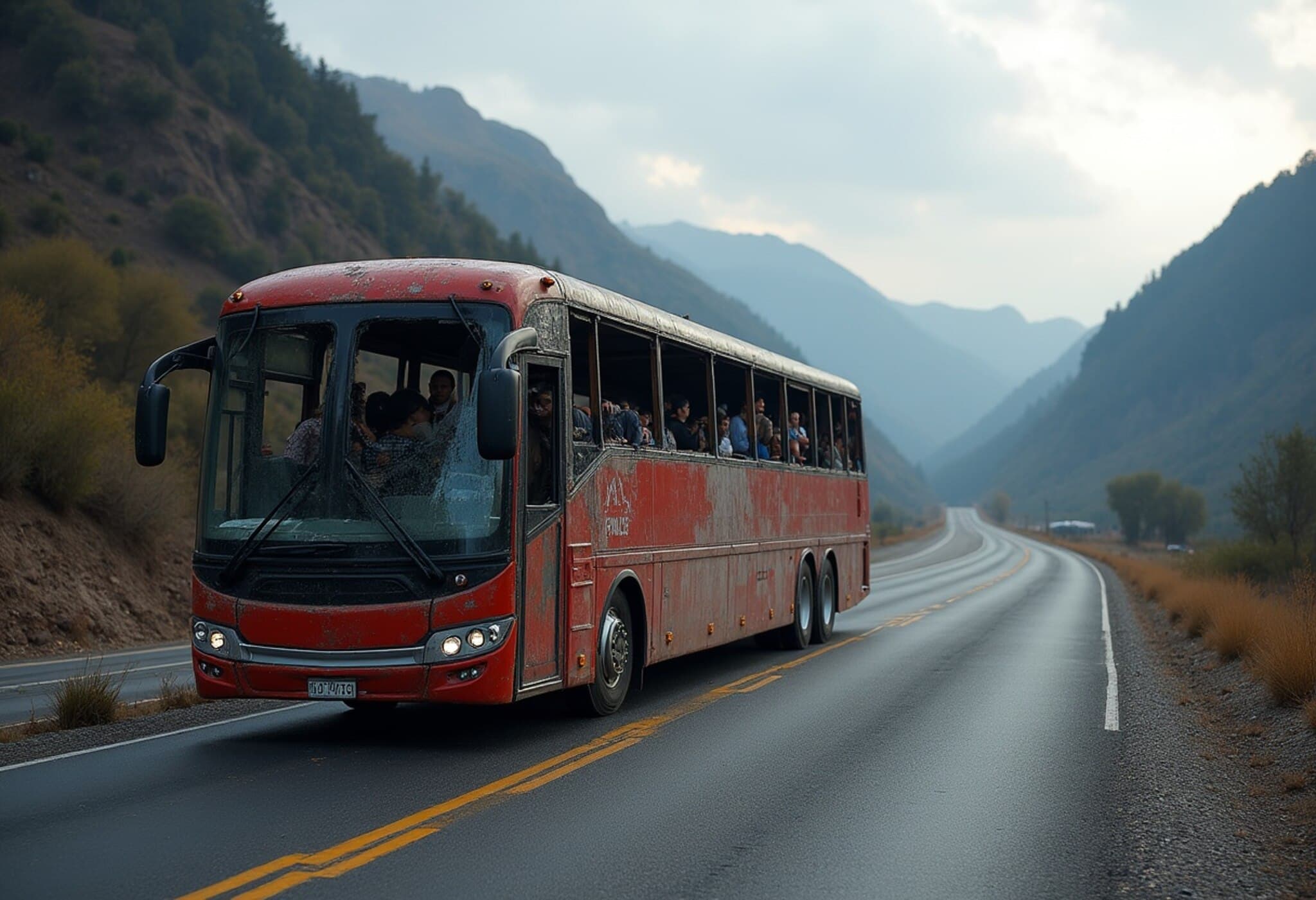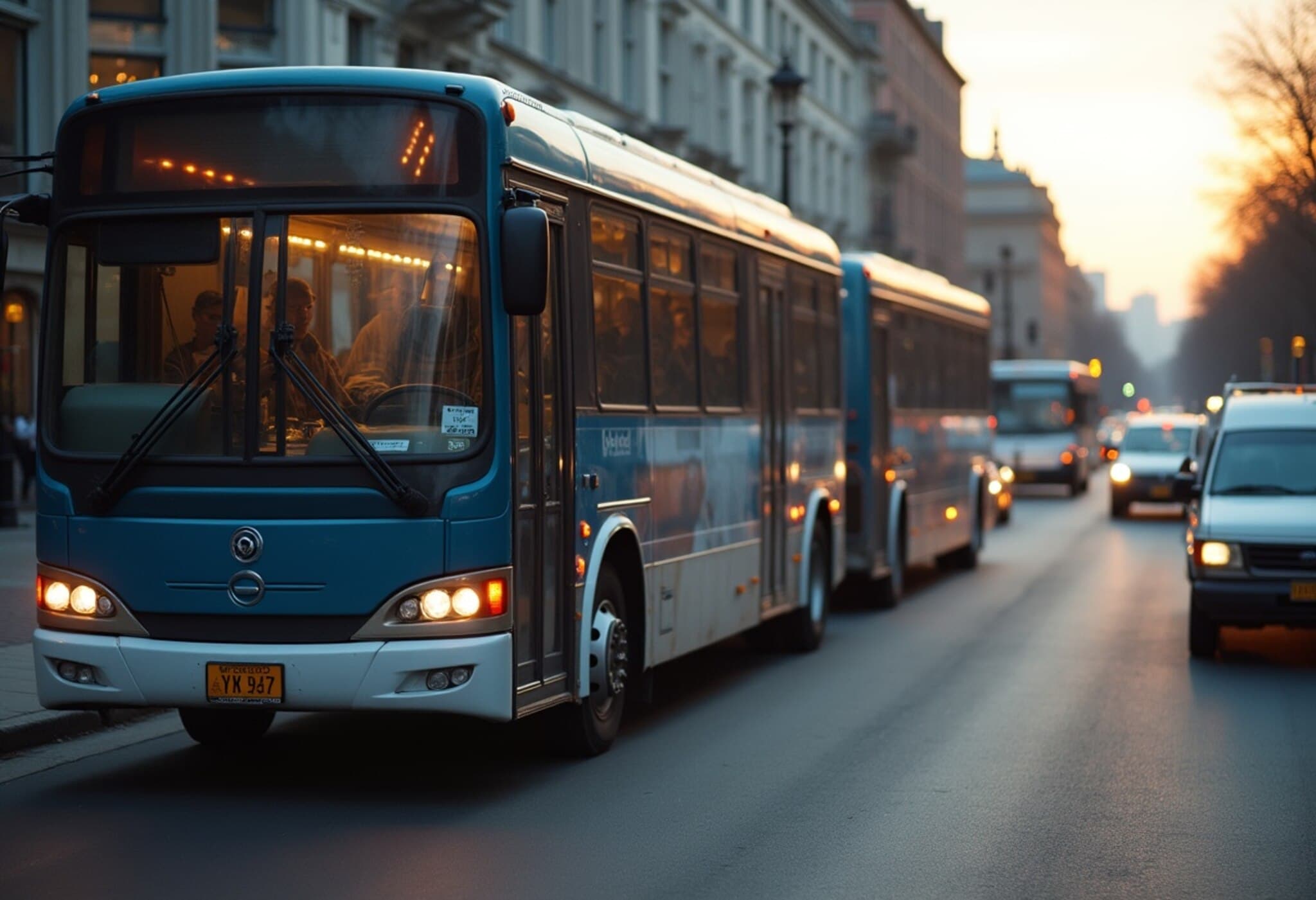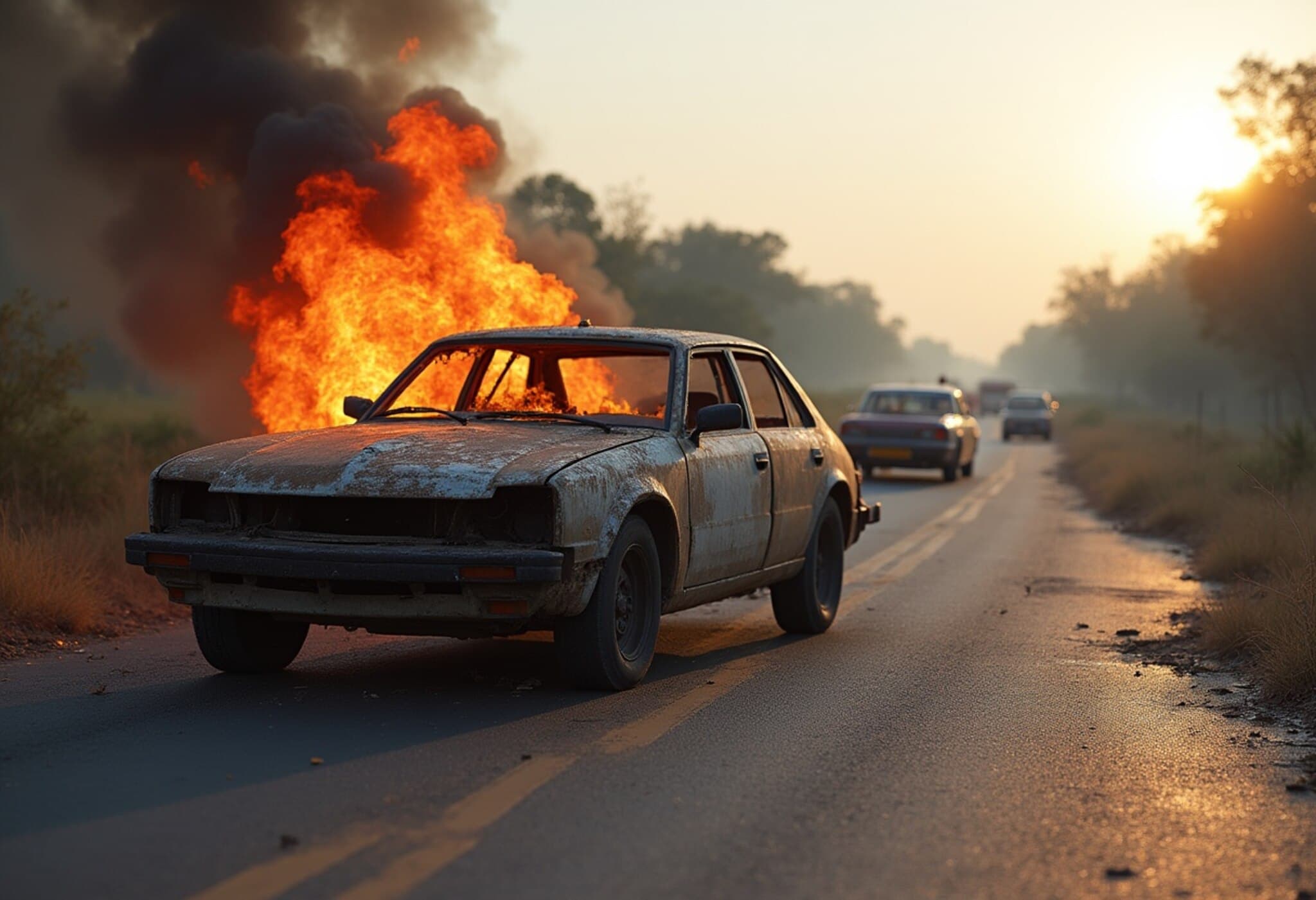Tragic Bus Accident in Peru's Andes Leaves Over 18 Dead
In a heart-wrenching incident that has shaken Peru, a double-decker bus traveling from Lima to the Amazon region plunged off the road and down a steep slope in the district of Palca, situated within the rugged Andes Mountains of the Junín region. This catastrophic crash claimed the lives of at least 18 passengers and injured another 48, authorities confirmed on July 25, 2025.
Details of the Accident and Emergency Response
The bus, operated by the company Expreso Molina Líder Internacional, lost control and overturned, breaking apart upon impact. Graphic footage aired on local media revealed the wreckage in two separate pieces amid efforts by firefighters and police to rescue survivors trapped inside.
Clifor Curipaco, Junín's regional health director, said emergency teams were still assessing the scene as investigations into the precise causes of the accident continue.
Underlying Issues: Recklessness and Insufficient Road Safety Measures
This devastating crash is emblematic of a larger systemic problem facing Peru's road safety and transportation network. According to a recent study by Peru’s Attorney General’s Office, the predominant factors behind traffic accidents include driver recklessness and excessive speed. These hazards are exacerbated by inadequate highway monitoring and lack of stringent enforcement.
Peru’s mountainous terrains, especially in the Andes where roads are narrow and twisting, create perilous conditions that demand heightened caution and infrastructure investment — factors currently insufficient to curb repeated tragedies on these routes.
A Grim Pattern of Traffic Fatalities in Peru
Sadly, this is not an isolated incident. Earlier this year, on January 3, a separate bus accident occurred when a vehicle plunged into a river, resulting in six deaths and dozens injured, underscoring a recurring safety crisis.
In 2024 alone, official data from the Death Information System reported approximately 3,173 fatal traffic accidents nationwide, painting a sobering picture of the ongoing risk faced by road travelers in Peru.
Calls for Reform and Improved Emergency Infrastructure
Experts emphasize the urgent need for comprehensive reforms:
- Enhanced driver training programs and stricter licensing requirements.
- Installation of modern road safety technologies including speed cameras and better signage.
- Improved road maintenance, particularly in hazardous mountainous regions.
- Faster and more coordinated emergency response systems to reduce fatalities post-crash.
From a public policy perspective, investing in road safety does not just save lives but also supports Peru’s economic stability by securing safer transport for goods and people traversing its diverse geography.
Regional Implications and Lessons for American Audiences
For the United States and other countries with mountainous highways, Peru’s tragedy serves as a cautionary tale about the compounded risks of topography and human factors in road safety. It reinvigorates debates on infrastructure funding, driver responsibility, and emergency preparedness that resonate globally.
Editor's Note
This heartbreaking bus accident in Peru spotlights an urgent need to rethink transportation safety on treacherous mountain routes. Beyond assigning blame, it challenges governments and communities to act decisively to protect vulnerable travelers. As we mourn those lost, a key question remains: how can policy innovation and cultural shifts in driving behavior combine to prevent future tragedies?












